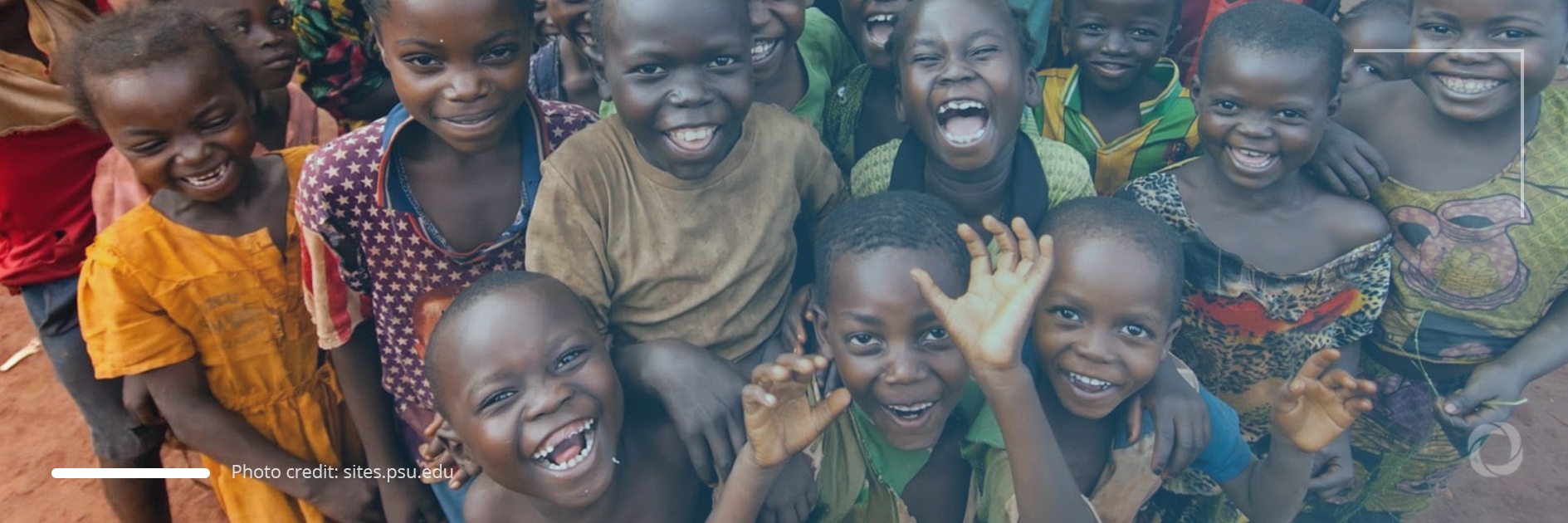What is foreign aid?
Foreign aid refers to the voluntary transfer of financial capital, goods, or services via specific projects, programs, or relief operations from one country or international organization for the benefit of a recipient country or its population. This can take the form of economic, military, or humanitarian assistance and it can be bilateral (provided by governments directly) or multilateral (via various international organizations such as UNICEF).
The Organization for Economic Co-operation and Development (OECD) classifies bilateral foreign aid as Official Development Assistance (ODA) which is defined as flows of development assistance provided by the state and local governments, or by their executive agencies (e.g., USAID), to developing countries to promote sustainable economic development and welfare. It is important to mention that ODA is just one source of development assistance and it should not be viewed as a replacement for an effective domestic public management system. However, in times of socio-economic crises the need for development finance, such as ODA, is extremely high.
Which are the top donor countries?
OECD monitors the dynamics of the international development market and regularly publishes comprehensive reports regarding the activity of bilateral and multilateral donors. The overall contributions made by the donors are assessed on a yearly basis with a focus on the actual amount of ODA in US dollars and its share of Gross National Income (GNI).
In 2020, the level of foreign aid from official donors achieved an all-time high reaching US$161.2 billion representing a 3.5% increase from 2019. The largest contributor for 2020 in terms of the actual amount of ODA was the United States of America with US$35.5 billion which was US$1.98 billion more than in 2019. The second-largest donor was Germany with US$28.4 billion followed by the UK with US$18.6 billion, Japan with US$16.3 billion, and France with US$ 14.1 billion.
The total volume of ODA in terms of the percentage of GNI for 2020 lists Sweden as the leader with 1.14% followed by Norway with 1.11% and Luxemburg with contributions worth 1.02% of its Gross Domestic Income. Germany and Denmark contributed an equal share of 0.73% of their GNI for ODA purposes while the UK allocated 0.7%. It is worth mentioning that the ODA donated by the US and Japan is equivalent to only 0.17% and 0.31% of their GNI.
Facts and trends of foreign aid in 2020
- The members of OECD’s Development Assistance Committee (DAC) contributed US$12 billion to COVID-19 related activities
- The amount of ODA contributed by EU institutions in 2020 rose by 25.4% reaching US$9 billion with a large share of these funds mobilized to finance COVID-19 related activities
- Around 22% of the gross bilateral ODA provided by DAC members was in the form of non-grants (loans and equity investments) while the remainder was in the form of grants
- The total ODA by all DAC member countries combined reached 0.32 % of GNI or an increase of 0.02% compared to 2019
OCED suggests there may be three scenarios in terms of post-COVID evolution and Official Development Assistance:
DevelopmentAid is the leading provider of business intelligence and recruitment tools designed to assist those active in the development sector. Join today and gain access to exclusive information on funding opportunities (tenders and grants), awards, and the procurement guidelines of the largest bilateral and multilateral donors.

